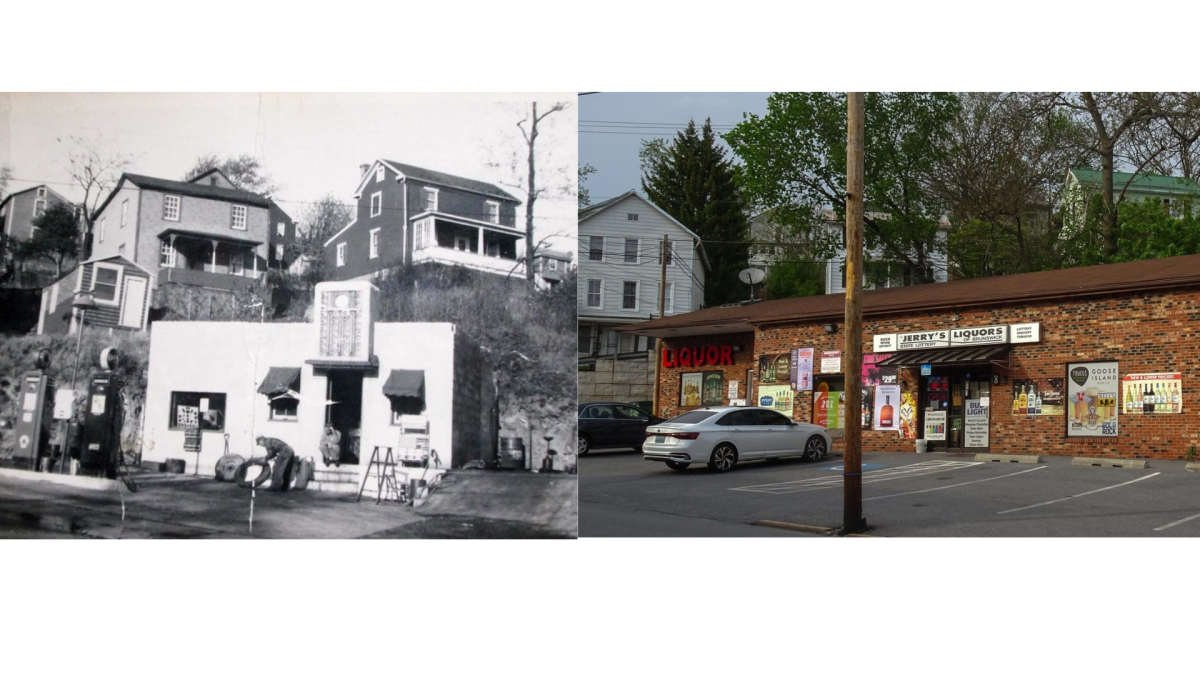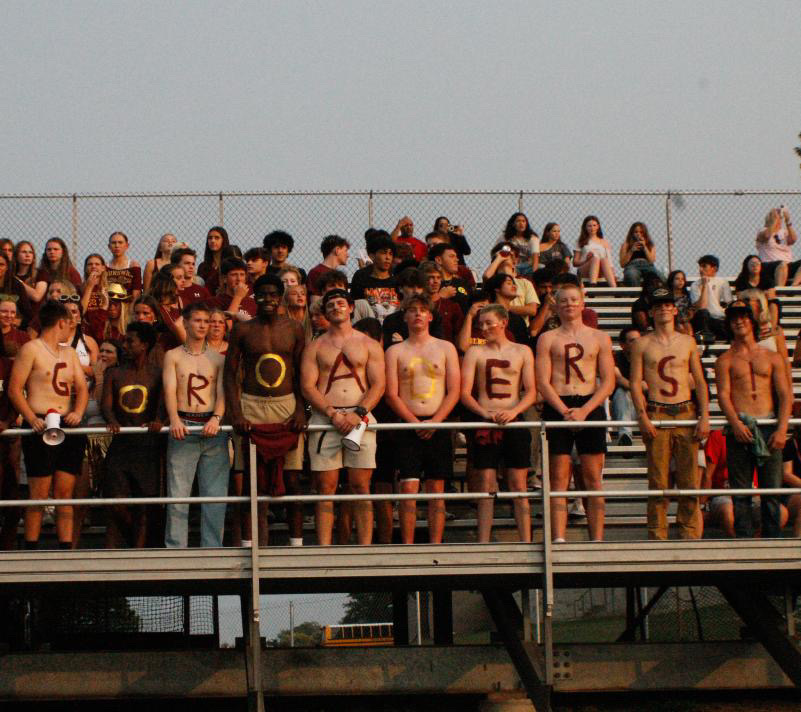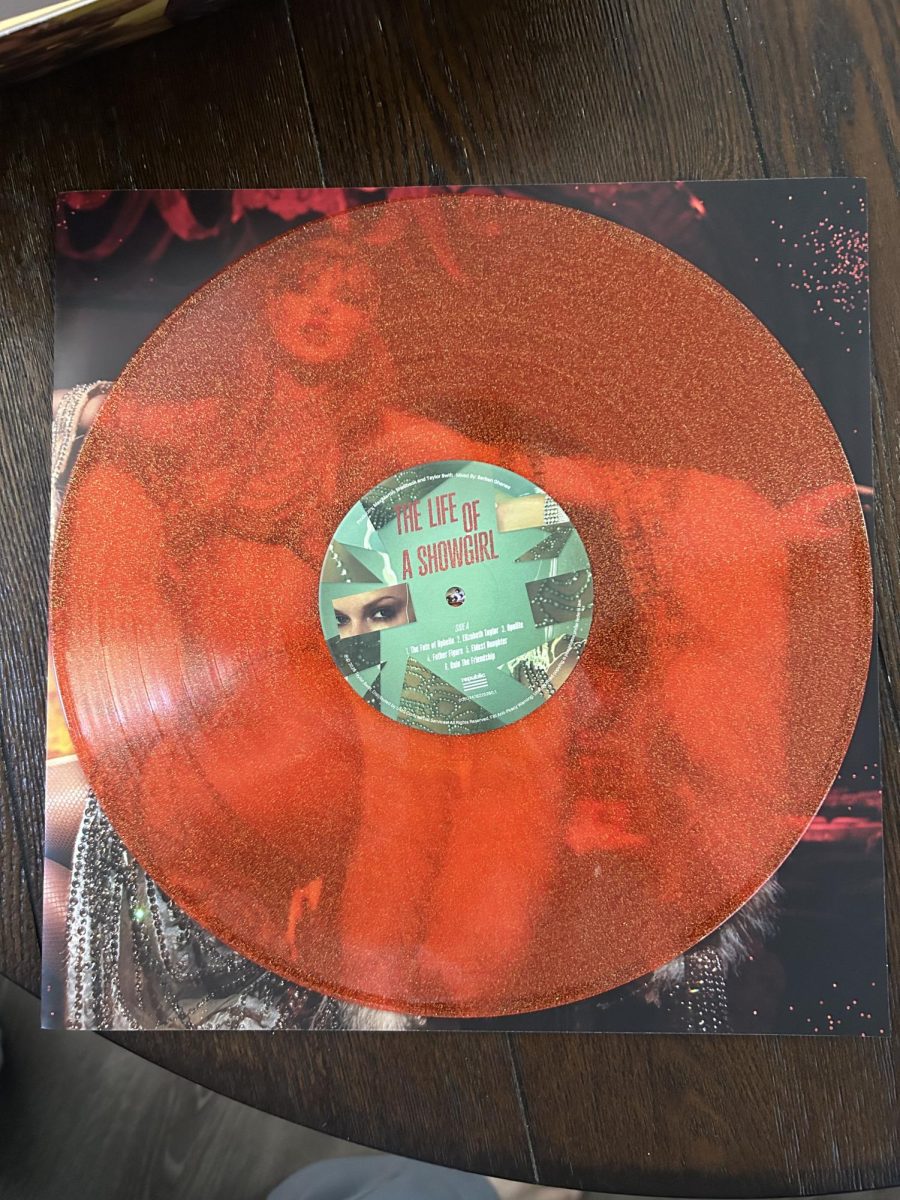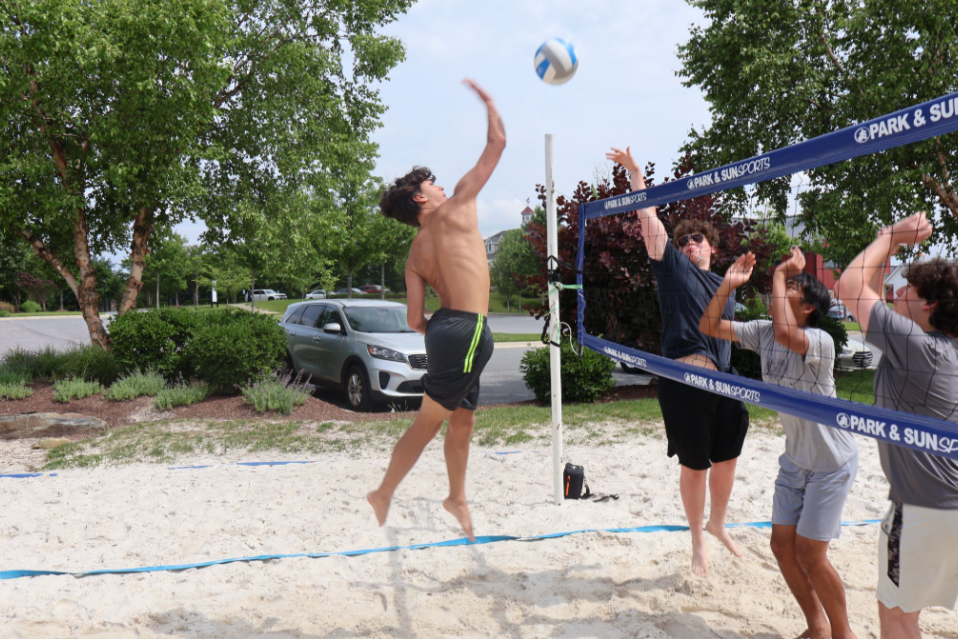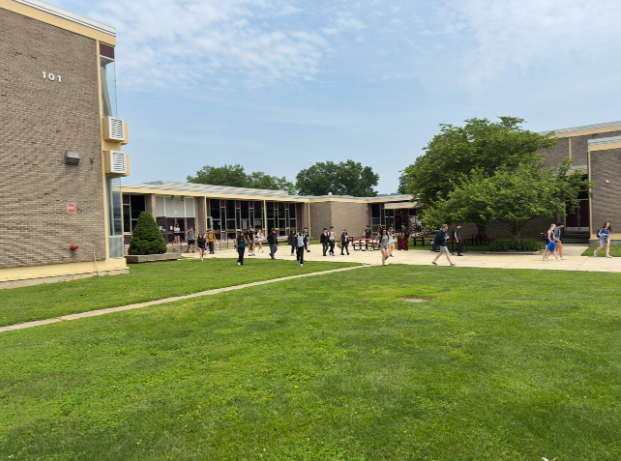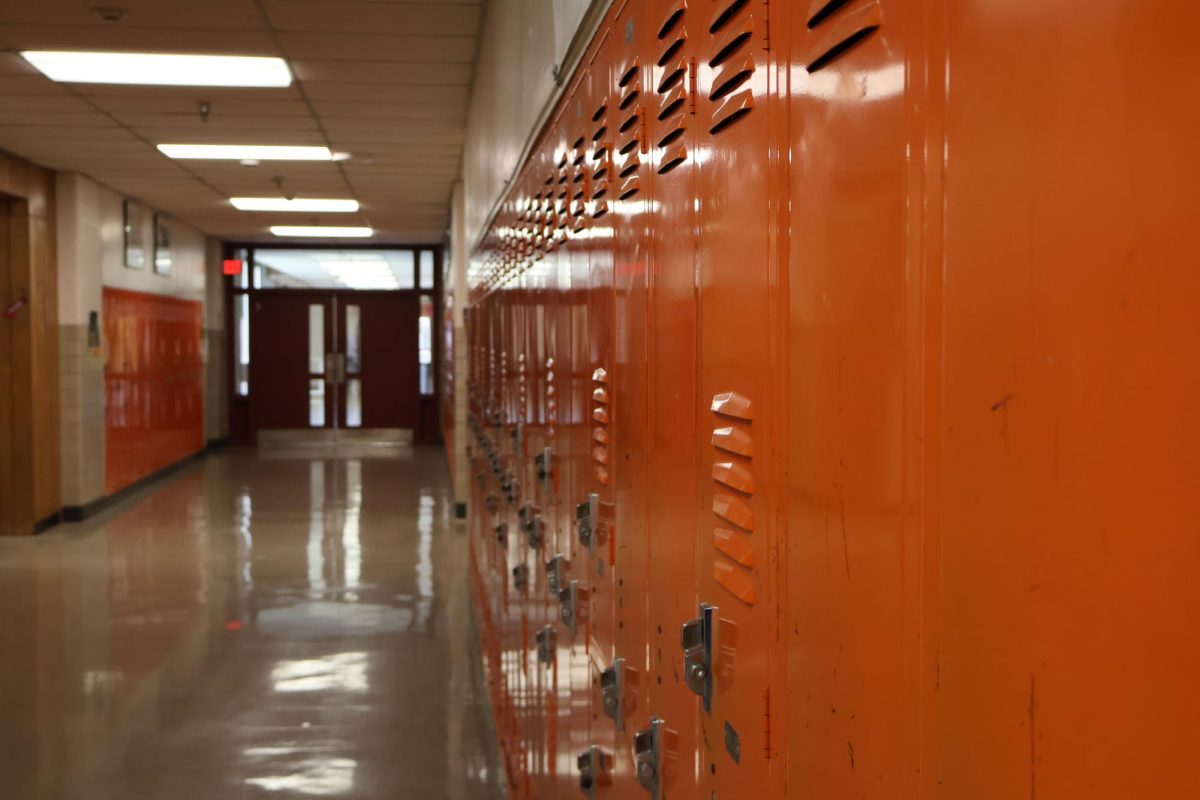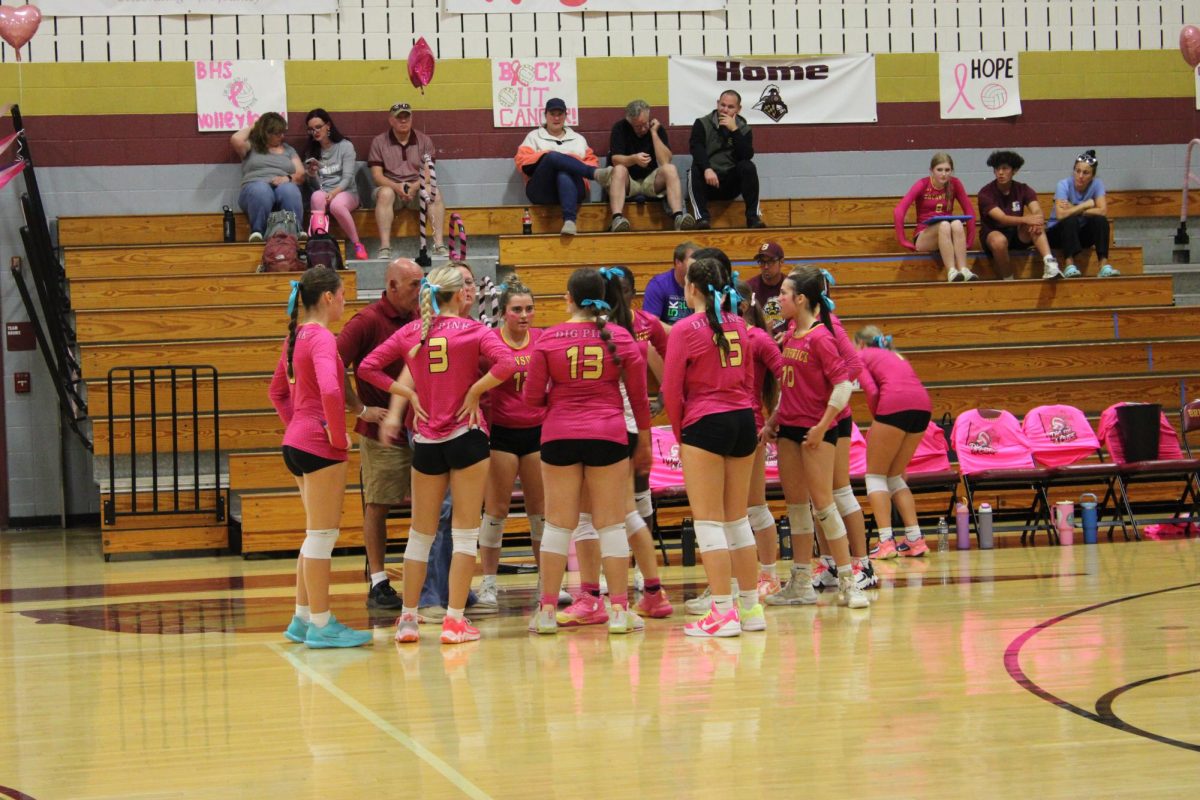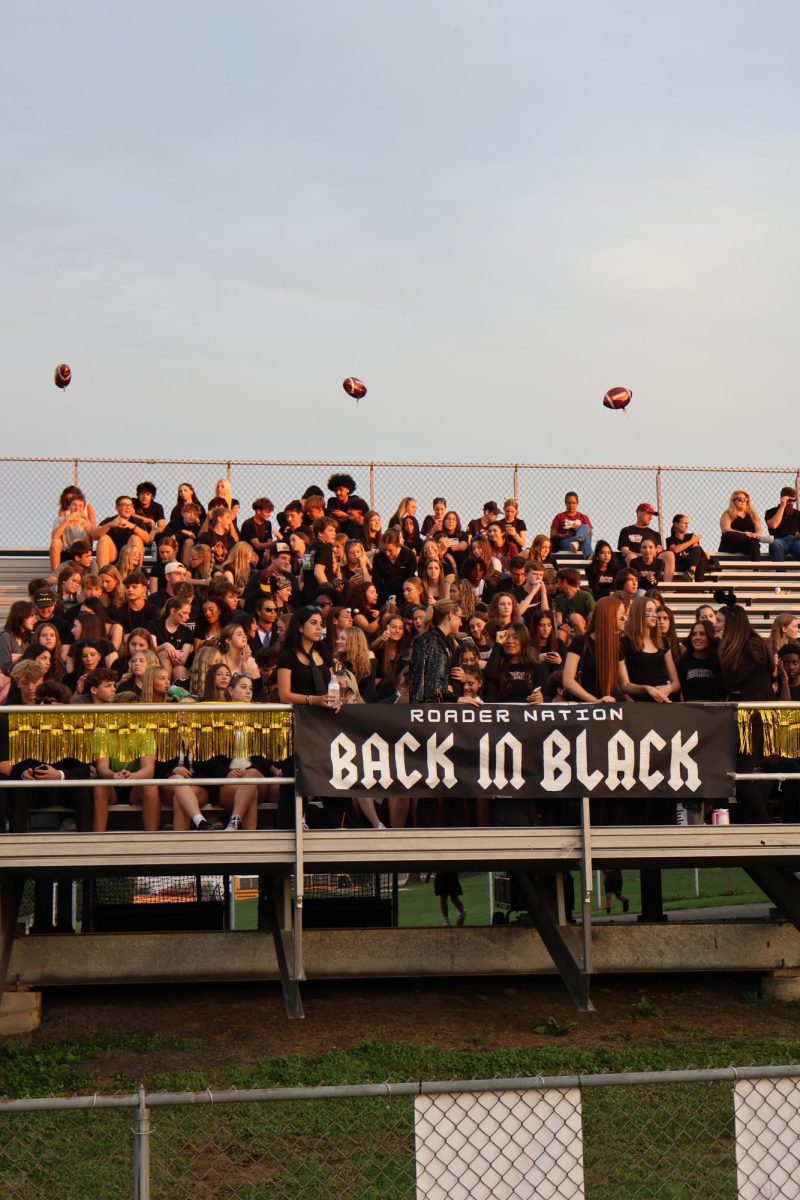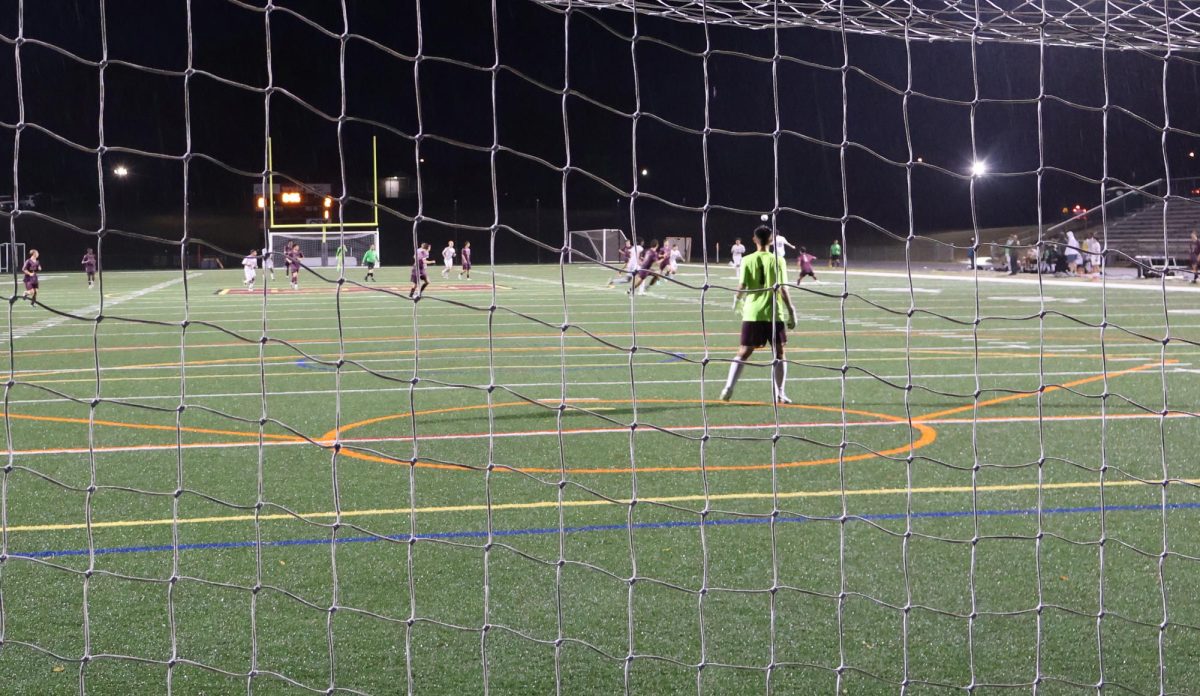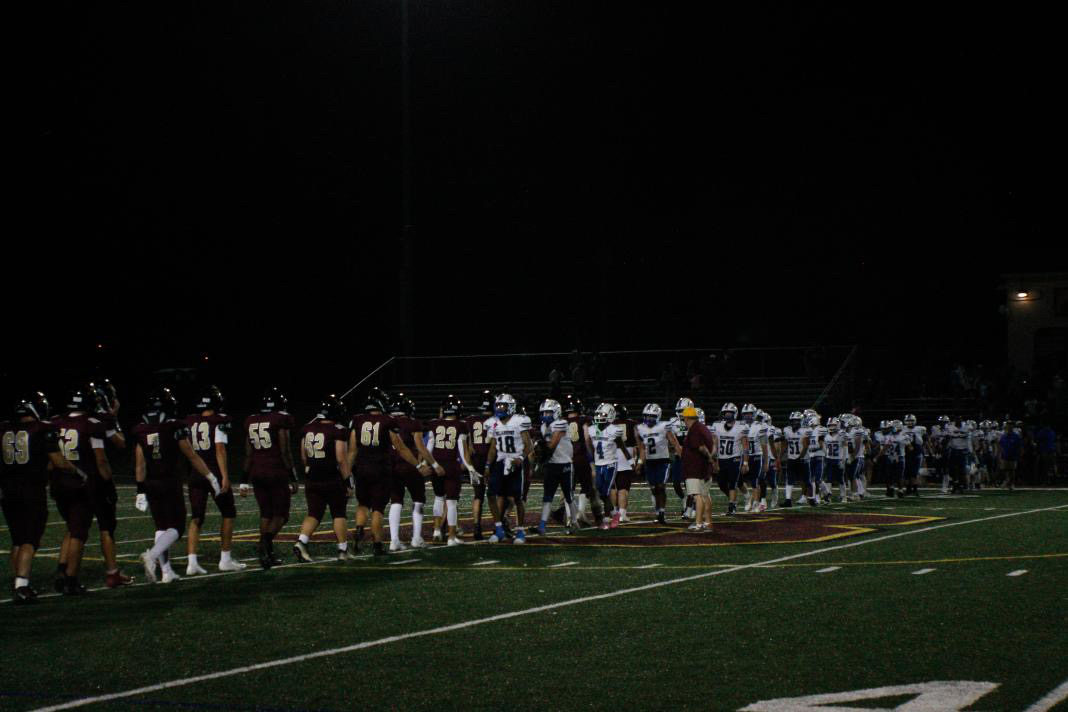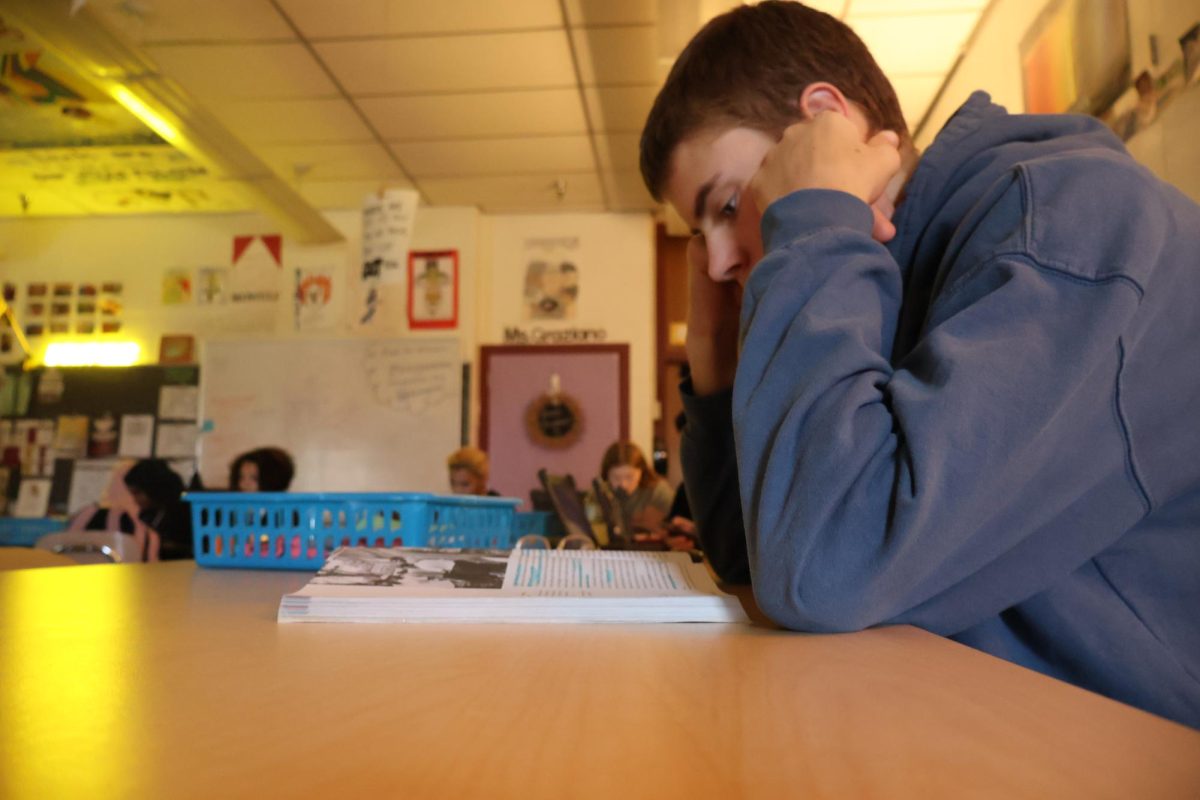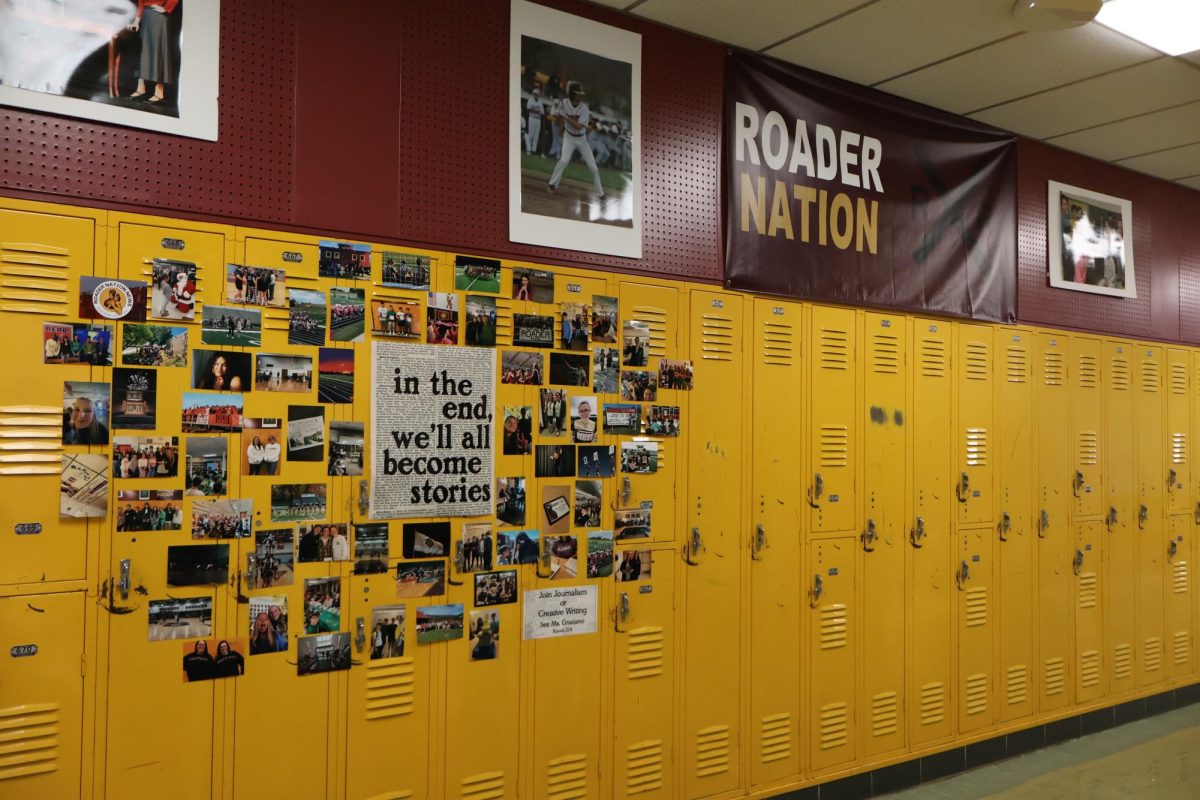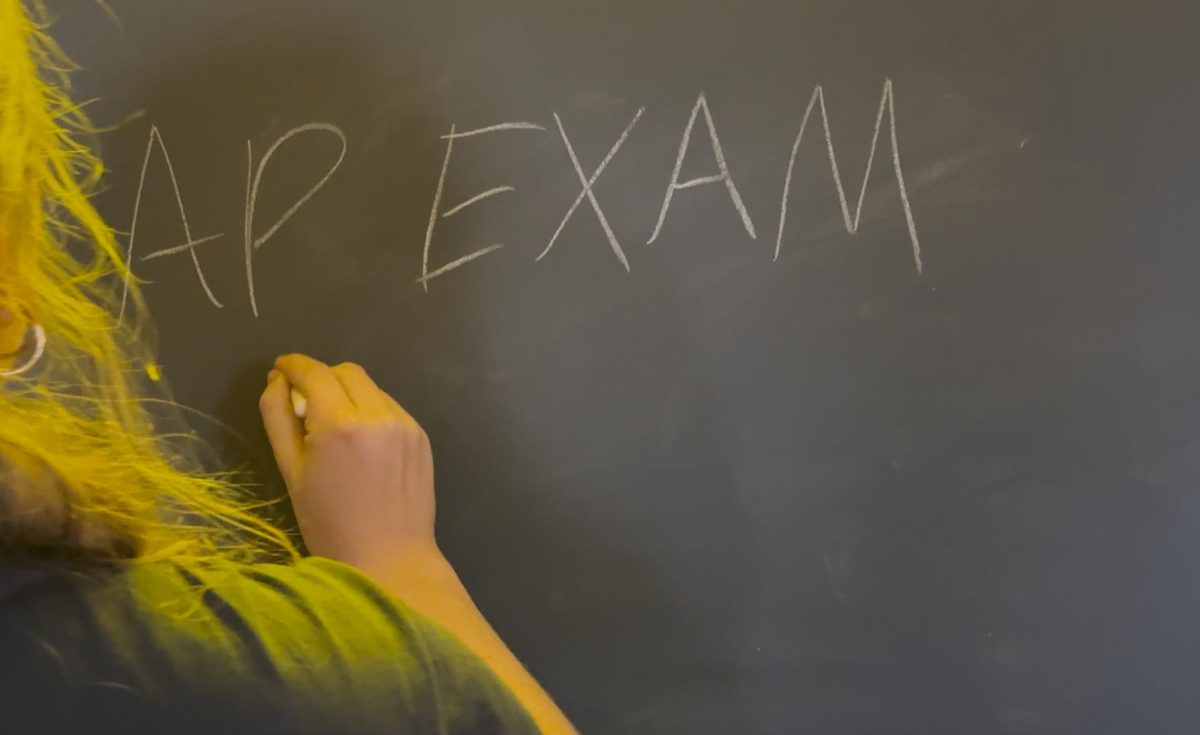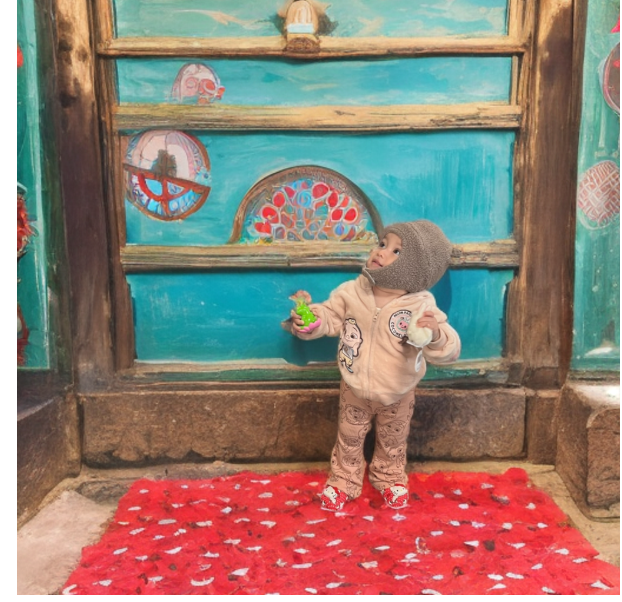The Dress Code In Public Schools
Gender Inequality In The Dress Code And Its Impact

With biased and confusing dress codes in place, many students are left wondering: “What’s acceptable to wear?” Photo from Google Creative Commons
A dress code is implemented in almost every public school in the United States. School and district administrators claim that they are applied with the intent to prevent distractions in the classroom and to enforce a work-place like environment. However, feminine presenting students around the country have opened up and said that they feel personally attacked and objectified by the dress code. We even saw it affect our own school, as in the beginning of the 2022-2023 school year, a group of students created the Brunswick High School Student Dress Code Advisory Council, as a way to combat the dress code at Brunswick.
One of these students, Bella Amell, claims that “the experience of being dress coded” is humiliating, and reinforces gender stereotypes that stick with students long after they graduate. When students are dress coded, they miss valuable class time simply because of what they are wearing. The dress code also imposes an inconsistent, often gender-targeted enforcement system, in which violations are subject to the interpretation of individual staff members and administrators. The FCPS dress code policy additionally fails to recognize that all students and staff members are responsible for managing their own personal distractions, without regulating individual students’ clothing or self expression.” The gender inequality in which Bella comments on, is perhaps the reason why the dress code is so controversial. The dress code is notorious for targeting feminine students, which provides a negative attitude towards natural feminine bodies. Bella Amell also states that “the FCPS dress code prohibits clothing that is ‘cut low at the neck’ and ‘exposes bare midriff.’” Many of these restrictions primarily apply to feminine students, but also disproportionately affect students based on body type and size. While the FCPS dress code also prohibits hats and hoods, a restriction that applies primarily to masculine students, this restriction has been removed from the BHS dress code, contributing to selective enforcement and ultimately undermining the legitimacy of the FCPS dress code policy.”
If you are a student at BHS, the best way to get involved in tackling the dress code, and the outdated, negative ideas in which it enforces is to become a member of the Brunswick High School Student Dress Code Advisory Council. Bella Amell reveals that “In addition to petitioning the FCPS dress code, the council is collecting testimonies, or a recollection of your experience with the dress code. Testimonies are anonymous, and help staff and members of the Board of Education see how the dress code impacts students, and how it actually gets enforced. We have also recently begun working with the Ruth Project, a national gender equity nonprofit that specializes in dress code reform and sexual harassment initiatives.” However, if you are not a student at BHS, the best way to petition the dress code in your own school is to “sign our petition to reform the FCPS dress code, students can show FCPS staff and members of the Board of Education how many people are on our side and want change. In the event that you are dress coded, make sure that the staff member or administrator is able to point to the exact section of the dress code you violated. All students have the right to appeal their dress code violation.”
Your donation will support the student journalists of Brunswick High School. Your contribution will allow us to purchase equipment. We're a small program with little resources. Our goal is to purchase some updated, and much needed, cameras for the program.



